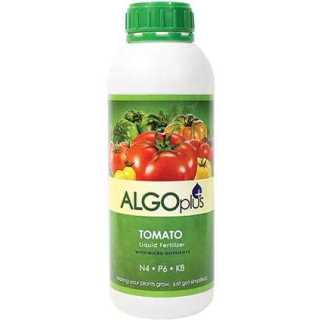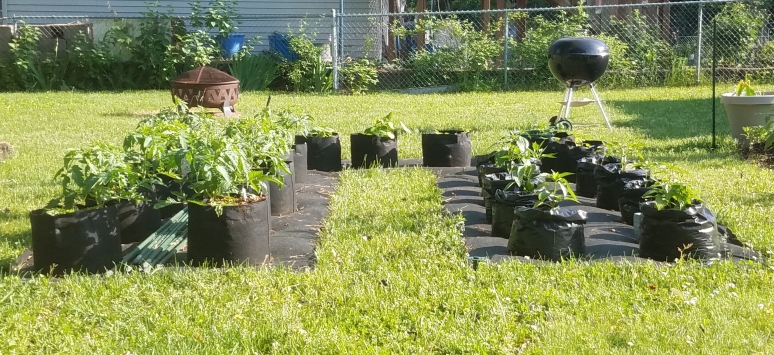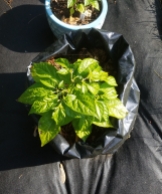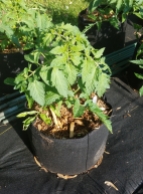Last week, I started with some good tried and true tomato varieties to include in your 2020 Victory Garden. Tomatoes are hands down my favorite vegetable to grow, but peppers usually end up the 2nd most grown vegetable in my garden.
I honestly, don’t remember or have any stories of what my grandparents grew, pepper wise, but I can almost guarantee a bell pepper was in the mix. Oddly enough, I am horrible at getting bells to grow. Since they are prolific at the farmer’s market, I don’t worry about it. We typically grow medium hot peppers and whatever weird ones I think are worth trying. There are a handful of the common peppers I vow not take up space with but, by mid summer, I’ve stashed some into extra pots.
So today, I am going to share a handful of different pepper varieties that fit into today’s Victory Garden. Once again, I’ve tried to link to seeds still available, and varieties likely found at garden centers.
- California Wonder: This heirloom has been the standard green bell pepper since 1928. While I couldn’t find a ton of history right off the bat, you can imagine it being a staple in every Victory Garden of the past. I have never had much luck growing these, but they can be prolific. I find them best eaten fresh, or stuffed and baked.

California Wonder photo via Eden Brothers
- Sweet Banana Pepper: Grown for many decades, these yellow peppers are excellent for pickling. They are also a great starter pepper for anyone growing for the first time. I am never without a jar (canned myself or store bought)! We also like to add the juice/brine into our favorite Bloody Mary.

Sweet Banana photo via Urban Farmer
- Jalapeno: I have tried a few heirloom varieties of jalapenos in the past, from the old standard Early Jalapeno to a newer variety called Craig’s Grande. Both were good producers. Early Jalapeno is one of the older, common varieties that have been grown in many gardens. It is said to be an excellent choice for cooler climates. Either would fit into a 2020 Victory Garden wonderfully. For me, I’ve found a hybrid that I just can’t turn down. I grow Mucho Nacho every year and have found it to be a prolific producer of hot, good sized jalapenos. Jalapenos are in or on almost everything we cook and is perfect for pickling. This year, we are also growing an Italian jalapeno called Dieghito. I am excited to see how it turns out.
- Mini Bell Pepper Mix: Looking for a colorful snack? Look no further. Mini Bell Peppers can be found in a rainbow of colors! I’m not sure what their story is, but it’s reported to an heirloom passed down through an Ohio family. They are also perfect for stuffing with a little herbed cream cheese!

Mini Bell Pepper Mix photo via Baker Creek
- New Mexico Chilies: Several years ago, I was in Arizona and bought a package of Sandia Green Chili Powder. I loved it. And it took me years to track a company that offered a Sandia Green Chili and I have grown the peppers ever since. The Sandia Seed Company, based in New Mexico, offers a wide selection of peppers seeds centered around Mexico and New Mexico’s glorious traditions of growing some of the best, hot peppers in the world. Pepper traditions span hundreds of years in the Southwest and greatly influence its cuisine. While maybe not a widespread choice of past Victory Gardens, I think New Mexico chilies definitely fit into today’s gardens! You can choose from the huge array of pepper seeds or stick to some well-loved heirlooms like:
- Anaheim: This well known pepper was developed in 1913 at the New Mexico State University. The university is famous for developing and perfecting hot peppers!
- Hatch Green Medium: A classic named for the Hatch Valley, New Mexico where it has been grown for generations.
- Poblano: An heirloom that needs no introduction. While not growing my yard this year (not yet, anyway), I’ve grown this pepper many times and have never been disappointed.
*Side note, for many years, I have referred to any open-pollinated seed variety as HEIRLOOM (even if it is a newer variety). In doing research for my posts, I’ve come across the notion that “heirloom” should only be applied to open-pollinated varieties grown pre-WWII. I suppose I see the point and I guess it’s a topic to be debated. From my point of view, I’ve always referred to any open-pollinated seed as “heirloom” and will likely continue to so. But, as you may know, I am always interested in the past and usually point out the age of the variety. I typically denote when a variety is newer by saying so.








































